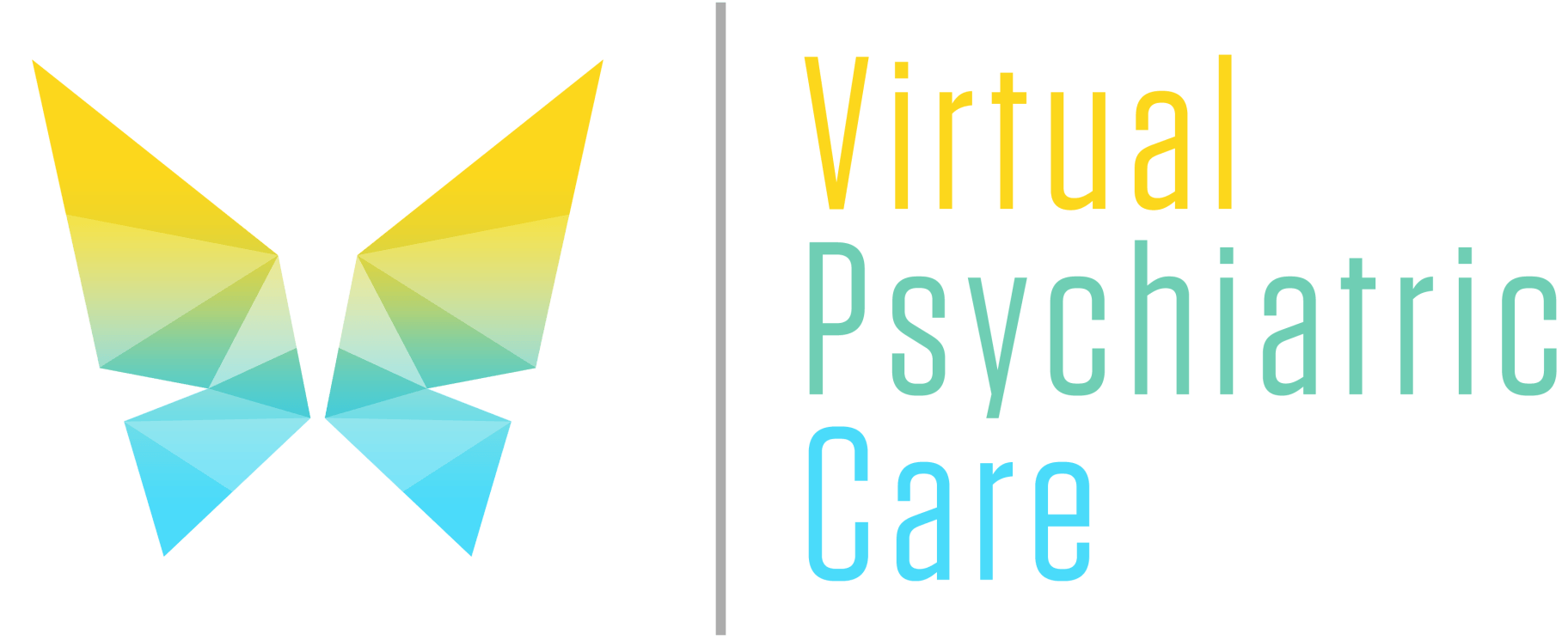What Is Panic Disorder And How Do I Deal With It?

Have you ever found yourself in a situation where you suddenly feel overwhelmed with fear and anxiety? You may be experiencing a panic attack. In this article, we'll discuss what panic disorder is and how you can cope with its symptoms. We'll also explore the various treatments available to help you manage your panic attacks. Let's start by getting to know panic disorder better!
- What is a Panic Disorder?
- How Do I Get Rid of Panic Attacks?
- Treatments for Panic Attacks
- Final Thoughts
What is Panic Disorder?
When most people think of panic, they think of the occasional anxiety attack. But for those who suffer from panic disorder, panic is a constant and overwhelming feeling. Panic disorder is a type of anxiety disorder that is characterized by recurrent and unexpected panic attacks. A panic attack is a period of intense fear or discomfort that typically lasts for several minutes. Symptoms of a panic attack may include chest pain, heart palpitations, shortness of breath, dizziness, or abdominal distress.
People with panic disorder often live in fear of having another attack and may avoid situations that may trigger one. This can lead to significant problems in everyday life, as well as feelings of isolation and despair. Fortunately, there are effective treatments available for panic disorder. With proper diagnosis and treatment, many people with panic disorder can live normal, productive lives.
Panic disorder can be very debilitating, making it hard to go about your everyday life. If you suffer from panic disorder, it’s important to seek help from a mental health professional. With treatment, you can learn how to manage your symptoms and live a full and productive life.
How Do I Get Rid of Panic Attacks?
If you're suffering from panic attacks, the first step is to see a doctor or mental health professional. They can rule out any physical causes for your symptoms and help you develop a treatment plan.
There are many different ways to treat panic disorder, but some common treatments include cognitive-behavioral therapy, medication, and relaxation techniques. You may need to try several different approaches before you find what works best for you.
If you're having trouble dealing with your panic attacks on your own, don't hesitate to reach out for help. There are many resources available to help you cope with this condition.
There are a number of ways that you can get rid of panic attacks, and the best way for you will likely depend on the severity and frequency of your attacks. For some people, making lifestyle changes such as getting more exercise and eating a healthier diet can help to reduce the number of panic attacks they experience. If your panic attacks are more severe or frequent, you may need to seek out professional help in order to find relief.
Cognitive-behavioral therapy (CBT) is an effective treatment for panic disorder that can help you to identify and change negative thinking patterns that contribute to your anxiety. Medication can also be used to manage panic disorder, and in some cases, it may be necessary to hospitalize someone who is experiencing very severe panic attacks. With proper treatment, most people with panic disorder can learn to manage their condition and live normal, productive lives.
Treatments for Panic Attacks
When it comes to treating panic attacks, there are a few different options available. First, you can try to treat the symptoms with medication. This might include anti-anxiety medication or antidepressants. You can also talk to your doctor about getting therapy to help you deal with your anxiety. Cognitive behavioral therapy is one option that can be helpful for some people. Finally, you can try some home remedies or natural treatments to help you calm down and relax when you feel a panic attack coming on.
There are many different treatments for panic attacks, and the best course of treatment will vary from person to person. However, there are some general principles that can be followed in order to effectively treat panic attacks.
Cognitive-behavioral therapy (CBT) is one of the most effective treatments for panic disorder. CBT helps patients to identify and correct the thinking patterns that contribute to their anxiety. This can help to break the cycle of panic attacks and prevent them from happening in the future.
Medication can also be an effective treatment for panic disorder. Antidepressants, beta blockers, and anti-anxiety medications can all help to reduce the symptoms of anxiety and make it easier to manage. It is important to work with a doctor in order to find the medication that is right for you.
Relaxation techniques such as deep breathing and progressive muscle relaxation can also be helpful in managing panic attacks. These techniques help to calm the body and mind, making it easier to cope with anxiety.
Panic disorder can be a difficult condition to live with, but there are many effective treatments available. With proper treatment, people with panic disorder can lead normal, healthy lives.
Final Thoughts
If you suffer from panic attacks, there is treatment. You can get better. It may be beneficial to speak with a mental health professional about your anxiety if you experience panic attacks frequently, especially if your activities are restricted by your fear of having one. There are several forms of treatment that may be used to treat anxiety and any underlying problems.
A person can adjust these tendencies to help avoid attacks and lessen their intensity by using cognitive behavioral therapy, for instance, to help them understand the actions and thought patterns that may lead to the onset of an attack. Exposure treatment may also be suggested by a therapist. In this sort of therapy, the patient is exposed to the symptoms of panic one at a time in a safe setting so that they can learn appropriate coping mechanisms.











